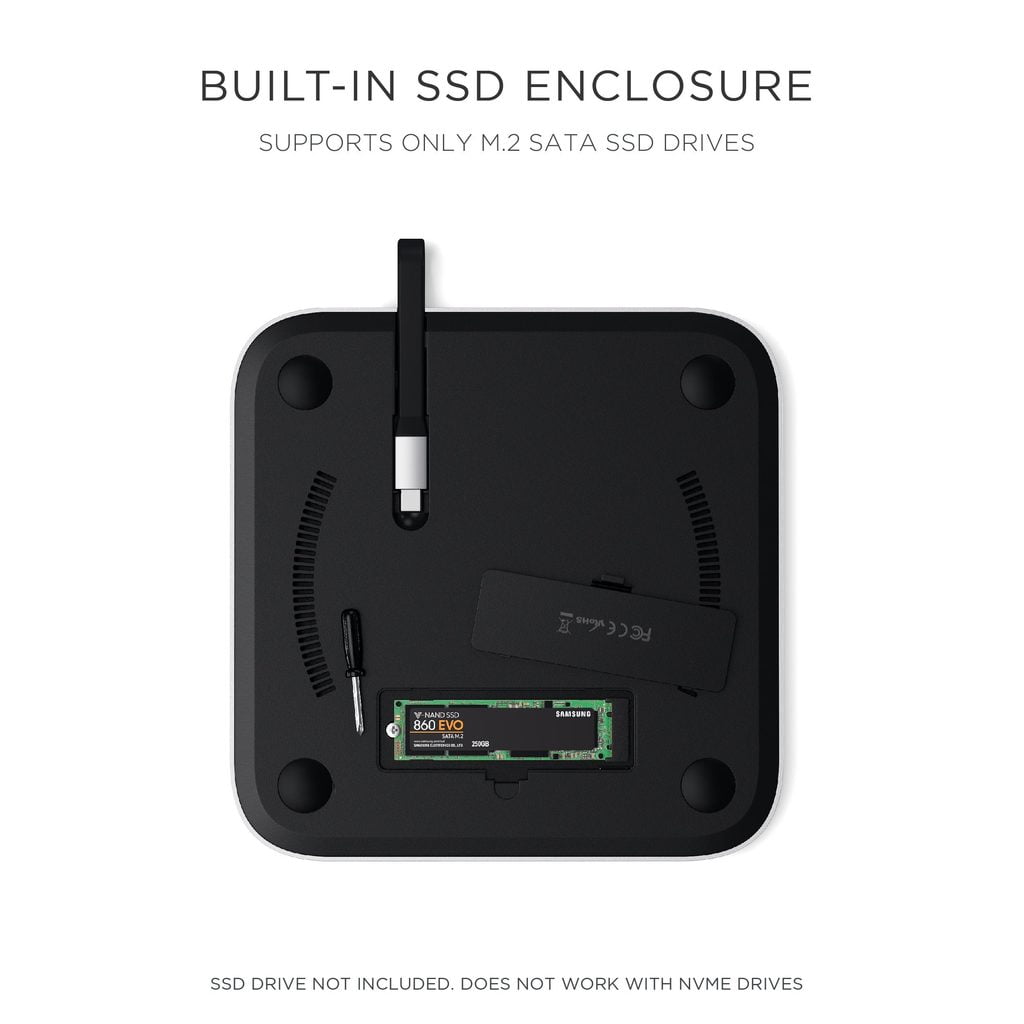

Some more professional users of the new M1 Macbooks are experiencing extremely high drive writes over relatively short time. What rang alarm bells was when M1 Mac owners started checking their SSD wear and seeing what appeared to be alarmingly high levels after just a few months of use. The architecture also makes much freer use of the SSD, using this interchangeably with RAM to a greater extent than seen on Intel machines. This means that RAM is shared between the main processor, graphics, and neural engine as required. The M1 Mac SSD wear concernĪ large part of what makes M1 Macs so fast is that the chips use what’s known as a unified memory architecture. Since the margins between different cell states are narrower, even a small amount of wear can cause electron capacity issues that make it impossible to recall the correct state.Įach SSD manufacturer determines the number of charge cycles a cell can endure before it becomes too unreliable to read, and monitors actual cycles against this number to provide a wear rating as a percentage. Multi- and triple-level cells have multiple levels and therefore many different states that have to be read. Write to a cell too many times, and it eventually goes bad

This can make the state impossible to read correctly. Every time that state is changed, the oxide layers wear down, eventually losing their ability to contain electrons. In other words, how many electrons are trapped between the oxide layers. What a given cell’s state is, depends on the charge level. Electrons are trapped between those oxide layers. Two layers of one or another chemical mixed with oxygen. Each memory cell within an SSD has an oxide component. It’s the act of writing to the flash memory cell that degrades it. This doesn’t apply any wear to the cell, but writing to it does, as HelpDeskGeek explains.

To read a cell, the computer simply checks the voltage level. When data is written to a cell, a voltage is applied to change its state. Multi- and triple-level ones use two or three levels respectively to store two- or three-bit data. The simplest SSDs only store a single bit of information in each cell, a 0 or a 1. Solid state disks (SSDs) store information by being charged with different voltages.

The issue came to light last month when M1 Mac users started sharing SSD wear rates on Twitter and the Linus Tech Tips forums … Understanding SSD wear Reports had earlier suggested that some machines might hit the rated wear limits of their soldered-in SSDs in less than six months. Concerns about excessive M1 Mac SSD wear may be exaggerated, suggests a piece today.


 0 kommentar(er)
0 kommentar(er)
